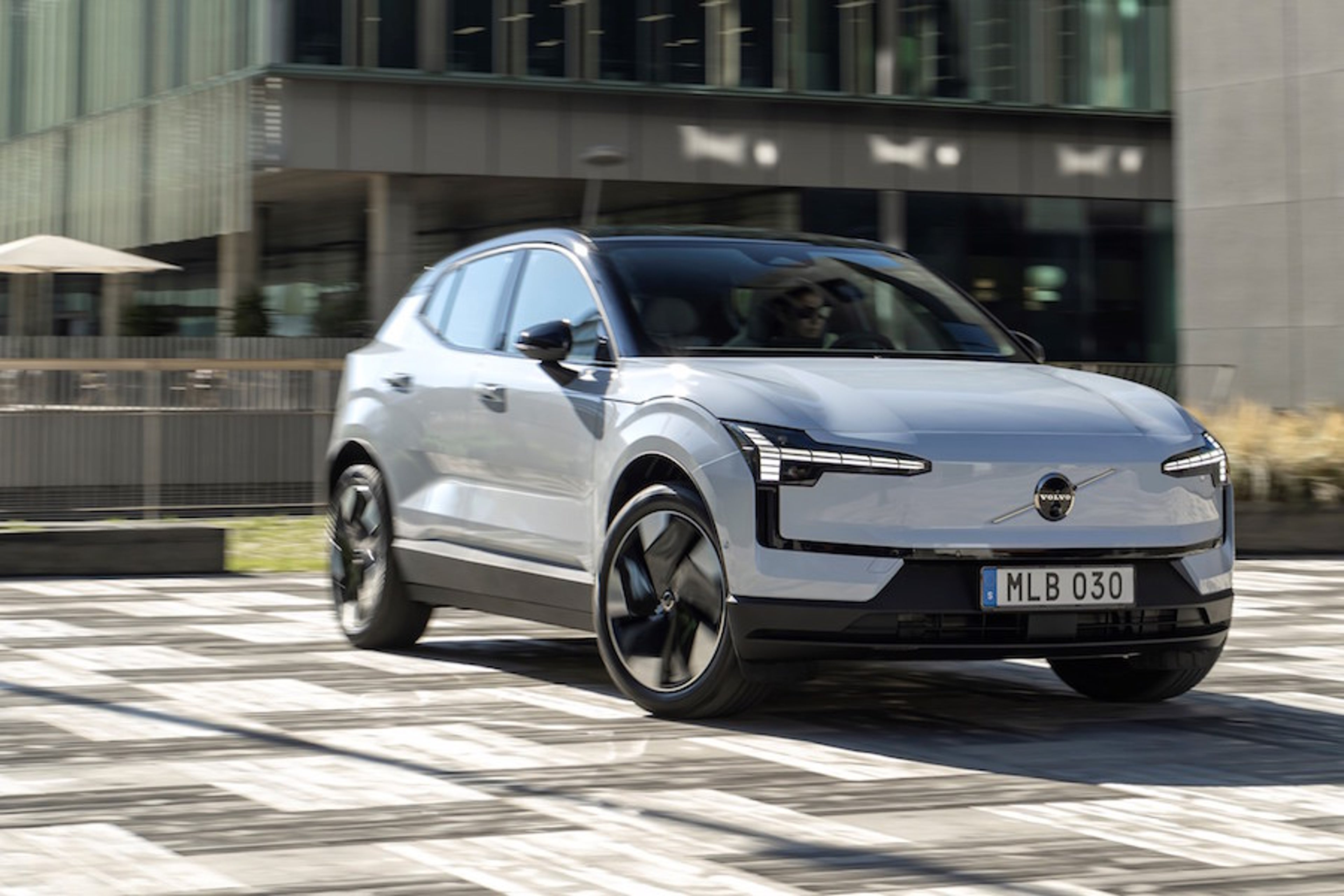How electric cars perform better – torque power and acceleration
It’s no coincidence Volvo’s latest cars are the quickest it has ever made. Electric cars easily outperform petrol and diesel equivalents – here’s why.

Electric cars are usually heavier than their internal combustion engine counterparts – mainly due to the weight of big battery packs required to achieve decent range. Yet despite carrying extra kilos, they tend to be much more responsive, powerful and faster off the mark.
That’s because electric vehicles (EVs) use motors – and motors are far more efficient than petrol or diesel engines, with fewer moving parts and lower energy losses.
They also deliver instant maximum torque – the force that turns the wheels of the car – whereas fossil-fuelled vehicles take a little longer to get there.
Happy torque
With an internal combustion engine, drivers hit the accelerator and trigger a series of actions and reactions involving air, fuel, spark plugs, pistons, crankshaft, flywheel, clutch, gearbox, differential and more until finally, while jettisoning waste exhaust, the power makes it to the wheels via the crankshaft.
To reach maximum torque, measured in Newton metres (Nm), the engine needs to get somewhere between 1,500-4,500 revs per minute (rpm), depending on model. All of which happens pretty quickly – but there is a lag and much of the energy is lost in the process.
EVs require far fewer steps, because they don’t burn fuel to convert it to mechanical energy.
When the driver hits the pedal, power moves instantly from the battery to the motor. The motor spins, creating rotational force – the torque – and that force is transferred directly to the wheels via a much simpler transmission system.
There’s just one gear and no revving to get up to maximum engine speed and therefore peak torque, which means much greater responsiveness and acceleration versus petrol or diesel equivalents. What’s more, that acceleration is smooth, powerful and continuous.
The one downside, depending on perspective, is that a single gear limits top speed (Volvo has opted for 180kmh/112mph across the Volvo EX30, C40 Recharge, XC40 and EX90).
But there are other upsides: Removing all those processes and parts required in internal combustion engines means there is much less to go wrong or wear out, significantly reducing maintenance. Service intervals on the new Volvo EX30, for example, are every two years or 30,000km, roughly twice that of petrol equivalents. Which is one of the reasons EVs are cheaper to run and own. Never having to buy petrol or diesel again also helps.
Power trio
Power, torque and acceleration go hand in hand. Cars can have lots of torque and accelerate fast – but without sufficient power they will only travel a short distance, albeit quickly. Which is why EV battery packs currently need to be pretty large, though over time these may shrink, or at least get lighter, as new chemistries improve energy densities – basically how much power can be stored in a finite space.
Whereas petrol and diesel cars tend to rate power in terms of brake horsepower (BHP), for EVs output is measured in kilowatts (kW). One brake horsepower is around 0.75 kW. So for example, a top of the range Volvo EX30 Twin Performance Ultra can deliver 315kW, which is equivalent to 422 BHP.
That’s a lot of horsepower in a small car and, alongside instant max torque of 543Nm, it’s the reason the Volvo EX30 is capable of 0-100kmh in 3.6 seconds. Which makes it Volvo’s quickest ever car: the EX30 Twin Performance Ultra would show a 2023 Porsche 911 Carrera T a clean pair of heels over that sprint.
Other benefits of instant torque, plenty of power and rapid acceleration include overtaking and confidently entering highways from slip roads, more agility in city traffic and effortless hill climbs.
All of which means electric vehicles are indisputably walking the torque when it comes to outperforming internal combustion engine equivalents.
Discover Volvo Car Australia’s all-electric range here.